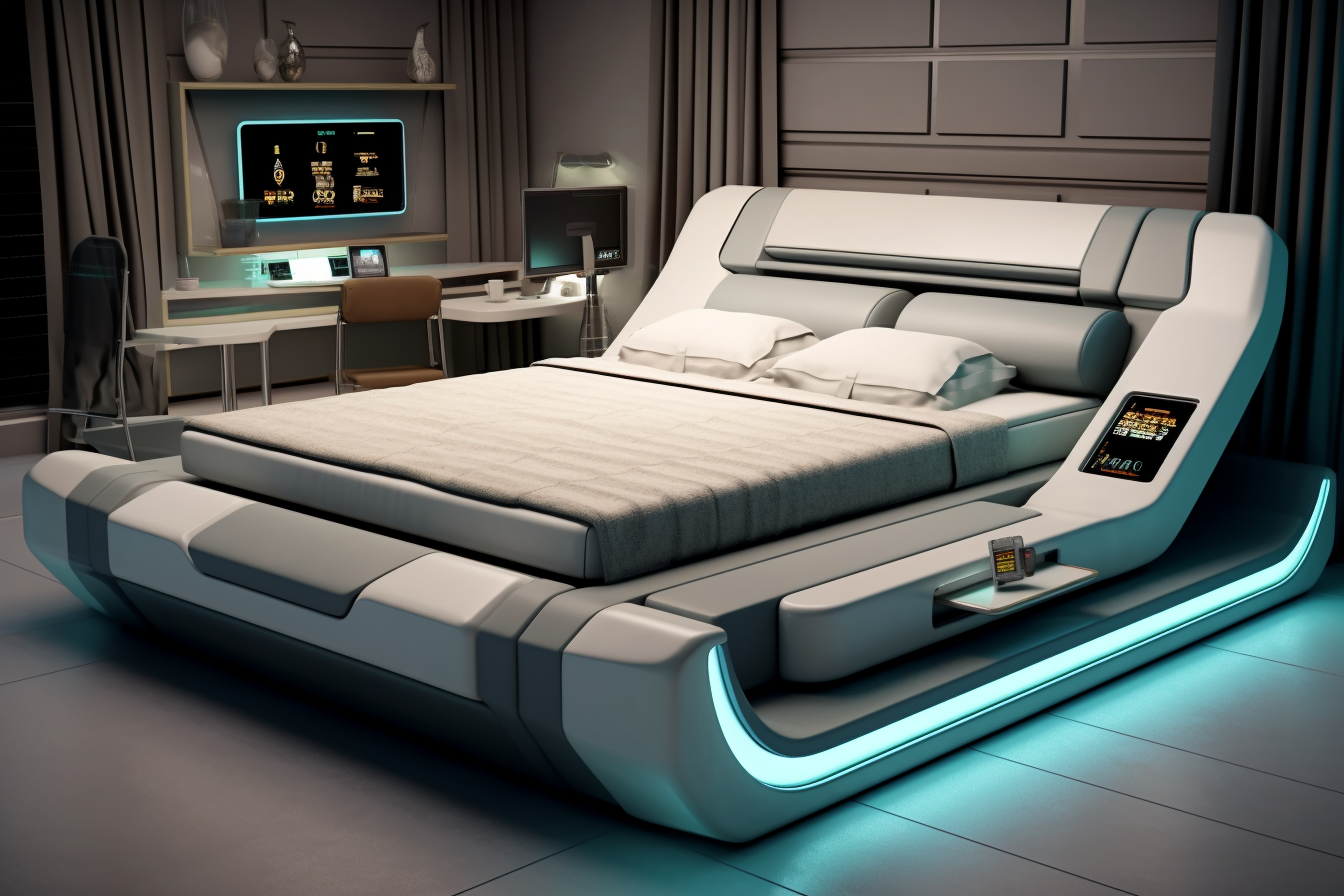Budget-friendly furniture choices that support long hours of desk work
Designing a workspace that supports long hours at a desk doesn't require expensive gear. Thoughtful, budget-friendly furniture choices—paired with adjustments to lighting, acoustics, ventilation and organization—can protect wellbeing and maintain productivity. This article outlines practical options, cost guidance, and layout tips to build a comfortable, secure, and connected home workspace.

Ergonomics and wellbeing
Choosing furniture that supports good posture and reduces strain is the foundation of long-term comfort. Focus on an adjustable chair with lumbar support, a desk at the right height, and accessories like a footrest or monitor riser. Small adjustments—tilting the screen to eye level, keeping elbows near 90 degrees, and ensuring feet rest flat—help prevent fatigue and repetitive strain. Proper ventilation and occasional breaks can also reduce discomfort over long sessions.
This article is for informational purposes only and should not be considered medical advice. Please consult a qualified healthcare professional for personalized guidance and treatment.
Productivity and scheduling
Furniture can influence focus as much as function. A dedicated desk area with minimal clutter, a comfortable chair, and clearly defined storage for work items supports concentration and predictable workflows. Pair the physical setup with scheduling strategies: block work segments, prioritize tasks, and use small timers to prompt micro-breaks. Good organization not only improves productivity but reduces cognitive load caused by searching for tools or documents.
Lighting and ventilation
Task lighting and overall room illumination matter for concentration and eye comfort. Choose a desk lamp with adjustable brightness and color temperature to reduce glare and eye strain; position it to minimize screen reflections. Natural light helps alertness, while a fan or open window supports ventilation; both contribute to wellbeing. If natural light is limited, aim for balanced ambient lighting plus a focused task light to keep contrast comfortable.
Acoustics, soundproofing and privacy
Noise and privacy affect sustained work quality. Simple, budget-friendly acoustic improvements include area rugs, heavy curtains, bookcases against shared walls, and soft furnishings that absorb sound. Portable soundproofing panels or weatherstripping around doors can reduce noise transfer. Where privacy is needed for calls, consider a privacy screen or locating the desk with your back to a wall rather than a shared living area. These steps balance acoustics, privacy, and the costs of more extensive renovations.
Furniture, storage and organization
Prioritize multifunctional furniture: desks with built-in storage, compact drawer units, or shelving that doubles as a divider. Vertical storage frees floor space and keeps frequently used items within reach. Use cable management solutions to maintain connectivity without clutter; labeled bins and drawer dividers improve retrieval and reduce interruptions. Well-chosen storage supports both organization and a calmer visual environment, which helps focus during long sessions.
Budgeting, connectivity and security
Real-world budgeting involves balancing upfront costs against durability, ergonomics, and connectivity needs. Allocate funds first to ergonomic seating and an appropriately sized desk, then to lighting, storage and network hardware. Consider the long-term value of adjustable pieces that adapt as needs change. Below is a brief comparison of common, verifiable products and providers that people often consider when furnishing a budget-conscious home workspace.
| Product/Service | Provider | Cost Estimation |
|---|---|---|
| Ergonomic office chair (example: Markus) | IKEA | $179–$229 |
| Electric sit-stand desk (example: SmartDesk) | Autonomous | $300–$600 |
| Task lighting (LED desk lamp) | Amazon (AmazonBasics) | $20–$50 |
| Storage units (shelves/drawers) | Wayfair | $50–$150 |
Prices, rates, or cost estimates mentioned in this article are based on the latest available information but may change over time. Independent research is advised before making financial decisions.
Conclusion A practical, budget-sensitive home workspace balances ergonomics, lighting, acoustics, storage and basic security/connectivity. Start with a supportive chair and a desk that fits your posture, add targeted lighting and acoustic softeners, and use compact storage to reduce clutter. Thoughtful scheduling and small equipment investments can preserve wellbeing and sustain productivity during long hours at the desk without requiring high-end purchases.





